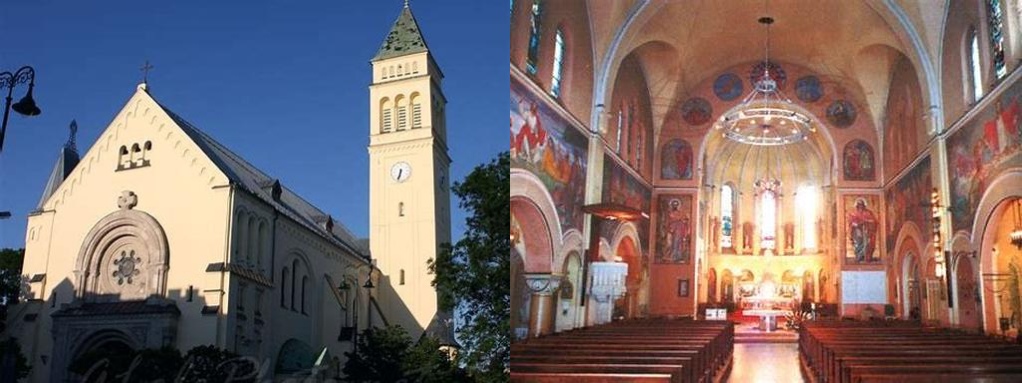
Munkás Szent József Katolikus templom, known in English as the St. Joseph the Worker Catholic Church, isn’t the kind of oversized, gold-encrusted cathedral that gets splashed on every postcard, but its unassuming façade hides a treasure trove of local history and a special sense of place. Located in the heart of Kispest, a residential district in Budapest, this church is anything but typical—it’s really a living reflection of its neighborhood’s working class roots, and offers a window into the daily spirituality, struggles, and hopes of its community.
What immediately draws your attention to Munkás Szent József Katolikus templom is its simplicity. Constructed at a time when Hungary was finding new directions, the church was completed in 1957, right after one of the most challenging periods in Hungarian modern history. The post-war years, and especially the tumultuous events of 1956, deeply impacted life in Kispest. Yet rather than building a monument to grandeur, the parish and local community envisioned a sanctuary that was honest—crafted for everyday people by everyday people. The result is architecture that’s spare but welcoming: clean lines, red brick, and a modest steeple. No marble lions or dizzying domes, but you can sense care and resilience in every detail.
Don’t be fooled by the plain exteriors though—the church is an absolute oasis inside. As soon as you step through the doors, there’s a warm glow from sunlight filtering through abstract stained glass panels, casting ethereal colors on the pews and walls. The interior appointments are modest but thoughtfully designed, focusing your attention on the altar where a beautifully simple statue of St. Joseph stands, not as a distant saint but as a carpenter, a worker, and, symbolically, as one of Kispest’s own. This emphasis on the dignity of everyday work gives the church not only its name, but also its very soul.
The church is also significant for being a community project since its earliest days. Locals will tell you how generations have come together here—for Mass, yes, but also for soup kitchens, youth programs, and music events. Every spring, a lively feast marks the festival of St. Joseph the Worker, which falls on May 1st—the very date given to him to honor all workers around the world. There’s something touching about seeing children, elders, and families coming together for this day: flowers decorate the altar, the choir fills the air with old Hungarian hymns, and the whole congregation shares a meal in the churchyard.
One of the more poignant aspects of this church is how it survived—and thrived—under the difficult decades of socialist rule. Faith was not always easy to practice openly in those years, and the resilience of Munkás Szent József Katolikus templom’s members is palpable in the faded photos and handwritten notes you’d find carefully preserved in the church’s small vestibule. Often, you’ll hear stories about Father János Katona, the beloved parish priest during the 1960s and 70s, who became a local hero for his courage and compassion.
If you want to understand Kispest—not just its buildings, but its personality—you have to spend an hour or two here. Look up at the walls, where patches of peeling paint mingle with lovingly polished crosses, and it’s impossible not to feel connected to generations of Budapest locals who’ve sought solace under this modest roof. It’s a church that’s more than a landmark; it’s an ongoing story about faith, perseverance, and community, tucked quietly in a bustling part of the city. And whether you’re spiritual, curious, or just fond of honest architecture, Munkás Szent József Katolikus templom feels like home, even for a wandering stranger.





